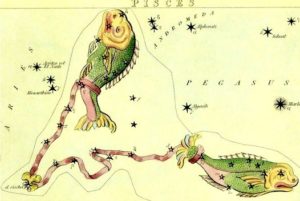Pisces, resembles the shape of Fishes, when stars in this constellation are imaginarily connected, as per Indian mythology!
Where should I see…Aquarius and Pegasus, is the constellation which is towards west of Pisces constellation. If you move your eyes towards east, you will see another constellation named Triangulum and Aries (first zodiac sign). In the North and South of Pisces, you will find Andromeda and Cetus constellations respectively. Pisces is near to celestial equator towards North Pole, and so is part of Northern Hemisphere.
your eyes towards east, you will see another constellation named Triangulum and Aries (first zodiac sign). In the North and South of Pisces, you will find Andromeda and Cetus constellations respectively. Pisces is near to celestial equator towards North Pole, and so is part of Northern Hemisphere.
It covers up 889 square degree area of the sky. Area wise it is 14th largest constellation in the sky.
When and What can I see…It is on the zodiacal belt and hence is the 12th zodiac on the zodiac belt. Sun enters in this constellation from 1st March to 20th April. It is best observed during June to January as seen from India.
constellation from 1st March to 20th April. It is best observed during June to January as seen from India.
All you need is your naked eyes other than clear skies to see 138 stars of this constellations, as they are the one which are brighter than the lower limit of our naked eyes (i.e. 6.5 apparent magnitude) to see faintest stars.. The brightest star of this constellation is Alpherg. The star Zeta piscium’s Hindu name is Revati, which is also known as Nakshatra (lunar mansion).
Constellations are made up of single, binary (apparent and absolute), multiple and variable stars. Out of total 138 stars of different types, here is the list of 20 brightest stars as per their nature:
| Binary / Multiple Star system | Variable Stars |
Binary/multiple and Variable Stars | Single stars |
| 4 | Torcular | Alpherg | 7 |
| – | Fumalsamakah | Alrescha | – |
| – | 2 | Revati | – |
| – | – | 3 | – |
| 4 | 4 | 5 | 7 |
Mythology stories…As per Hindi mythology, there are no such known stories for this constellation.
Deep Sky Objects…

3C-31 or NGC 383 || Double Radio Galaxy

CGCG-436-030 || Interacting Galaxies

CL-0024+1654 || Cluster of Galaxies

NGC 7459 || Twin Spiral Galaxy
All the stars that we see naked eyes, all belong to our own, Milky way galaxy (Akash Ganga Tara Vishv). Bright stars can be seen naked eye and faint one through telescope. But the curtain of sky that we see in 2D is actually a huge universe we are talking about, with 3 dimension. There are many nebulous objects visible in every constellations. They differ widely by distances and nature. Like Emission Nebula, Reflecting Nebula, Absorption Nebula, Star Birth Nebula, Supernova Remnants (SNR) and Open Starscluster which are within the disk of our own Milky Way galaxy. Globular cluster are also found, which are in the halo of our galaxy and some most distant objects like galaxies are also visible through telescope. Such objects are defined as “Deep Sky Objects”.
In this constellation there are 468 such different types of Deep Sky Objects observed. Below is the list of 20 brightest Deep Sky Objects:

Phantom Galaxy or M74 || Spiral Galaxy

NGC 60 || Spiral Galaxy

NGC 474 || Elliptical Galaxy

NGC 514 || Spiral Galaxy
| | Galaxy | Open Cluster | Globular Cluster | Nebula | Supernova Remnant | |
| Naked eye visibility | – | – | – | – | – | |
|
| Visible through Telescope | M74 | – | – | – | – | |
|
| 19 | – | – | – | – | |
|
| – | – | – | – | – | |
|
| | 20 | – | – | – | – | |
 your eyes towards east, you will see another constellation named Triangulum and Aries (first zodiac sign). In the North and South of Pisces, you will find Andromeda and Cetus constellations respectively. Pisces is near to celestial equator towards North Pole, and so is part of Northern Hemisphere.
your eyes towards east, you will see another constellation named Triangulum and Aries (first zodiac sign). In the North and South of Pisces, you will find Andromeda and Cetus constellations respectively. Pisces is near to celestial equator towards North Pole, and so is part of Northern Hemisphere. constellation from 1st March to 20th April. It is best observed during June to January as seen from India.
constellation from 1st March to 20th April. It is best observed during June to January as seen from India.
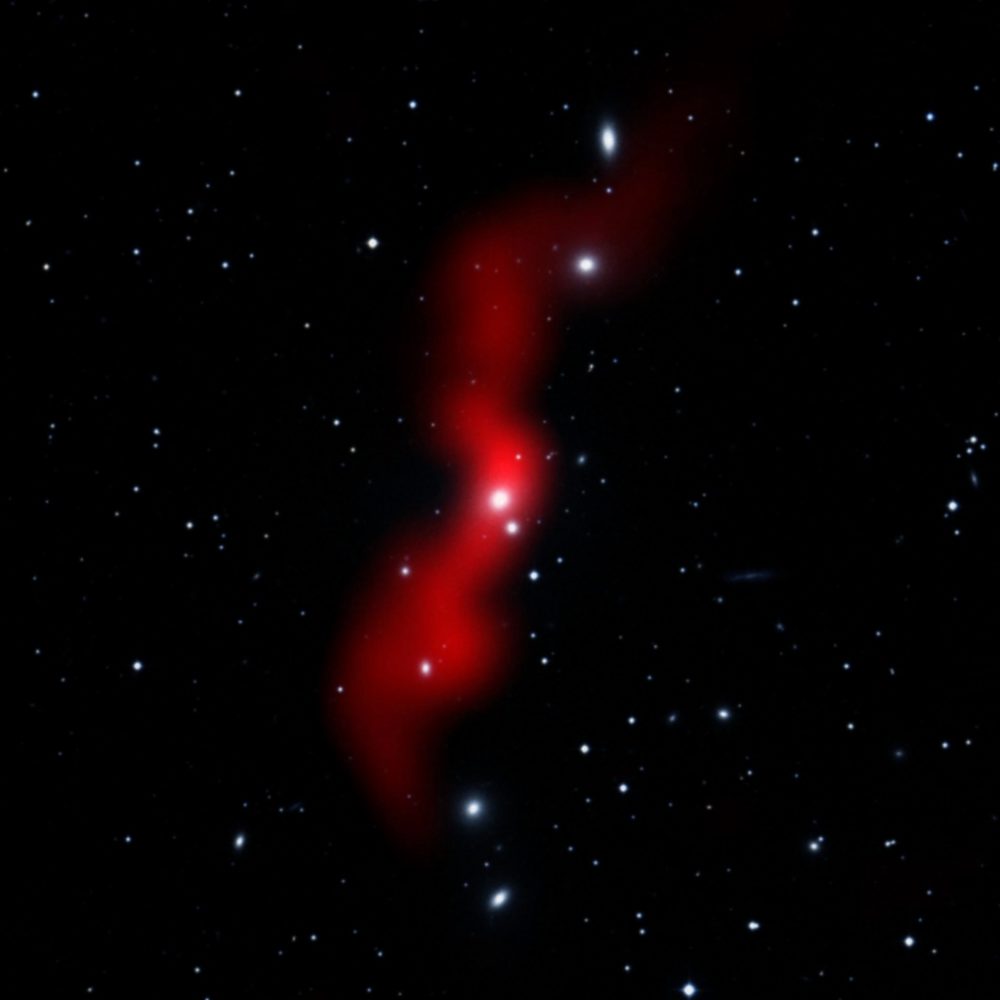 3C-31 or NGC 383 || Double Radio Galaxy
3C-31 or NGC 383 || Double Radio Galaxy
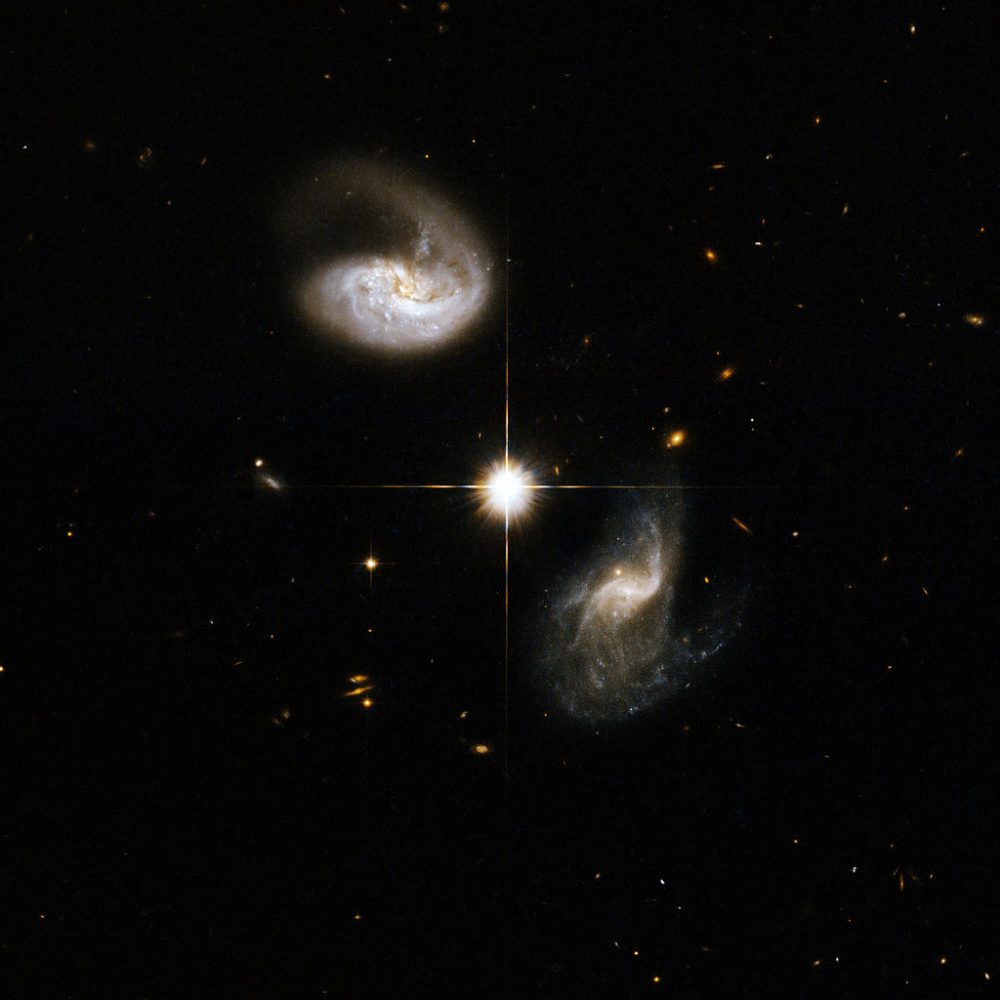 CGCG-436-030 || Interacting Galaxies
CGCG-436-030 || Interacting Galaxies
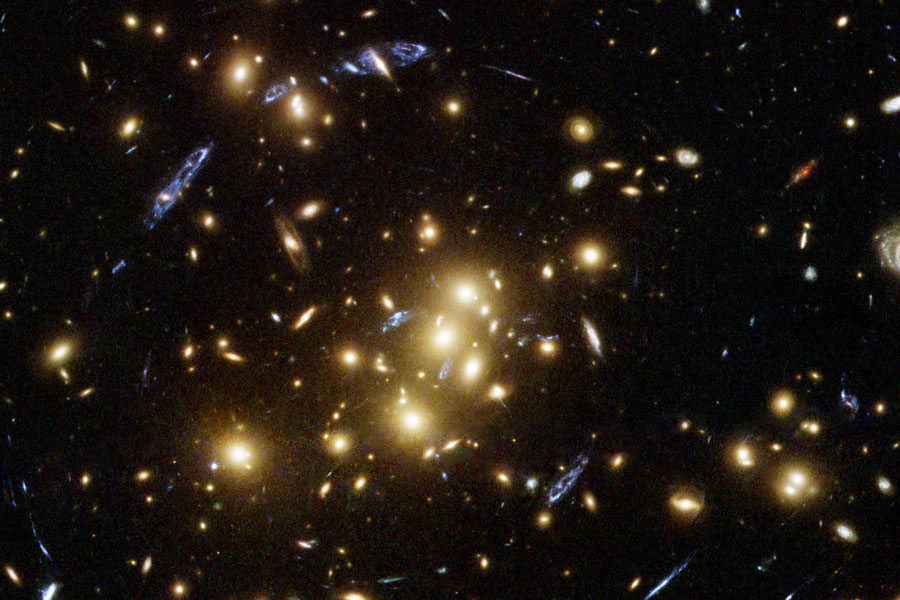 CL-0024+1654 || Cluster of Galaxies
CL-0024+1654 || Cluster of Galaxies
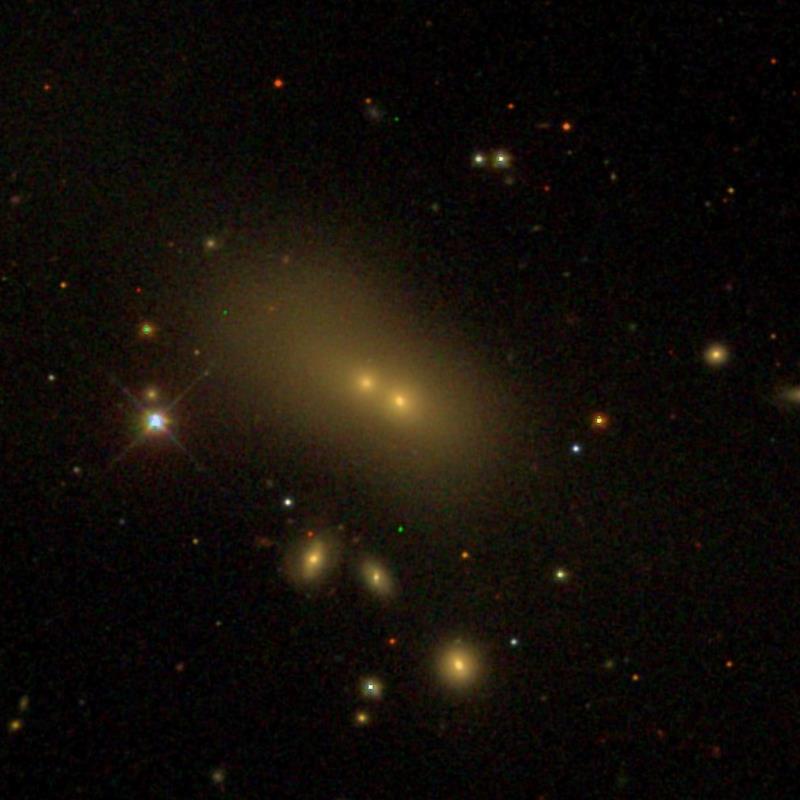 NGC 7459 || Twin Spiral Galaxy
NGC 7459 || Twin Spiral Galaxy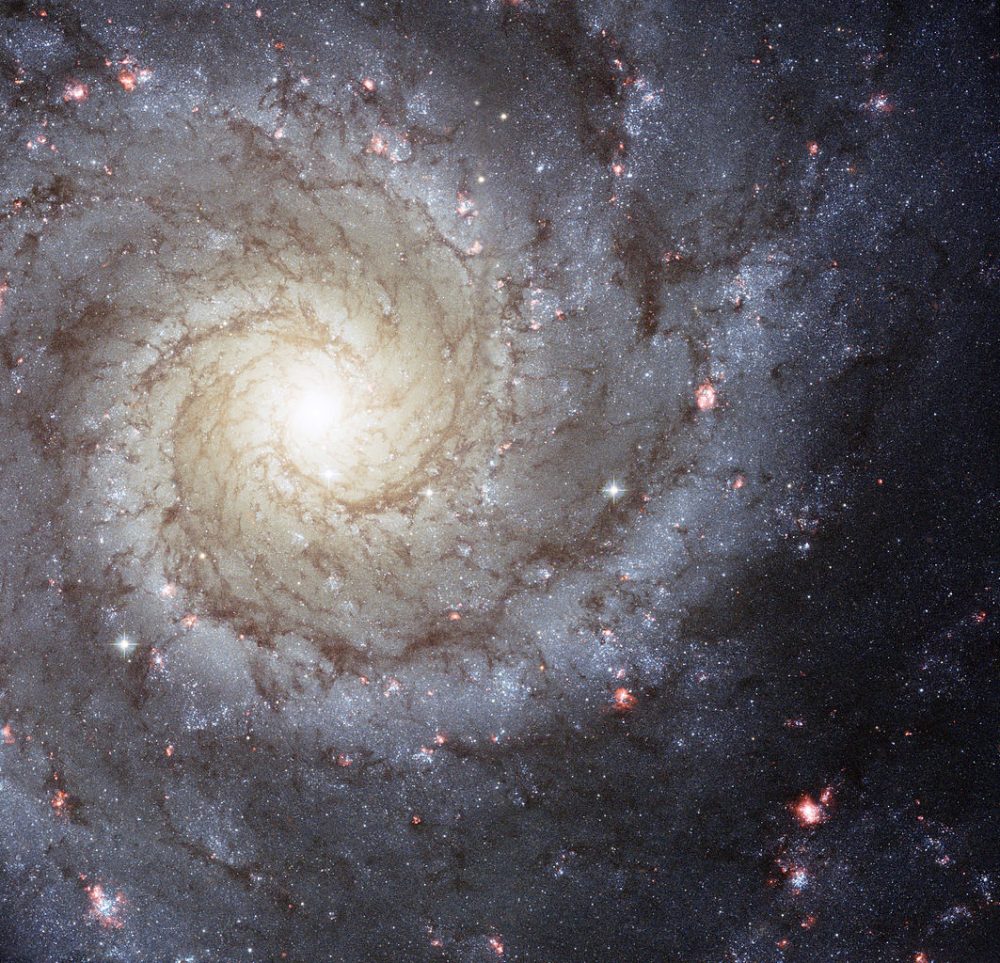 Phantom Galaxy or M74 || Spiral Galaxy
Phantom Galaxy or M74 || Spiral Galaxy
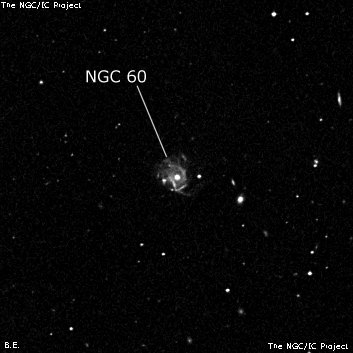 NGC 60 || Spiral Galaxy
NGC 60 || Spiral Galaxy
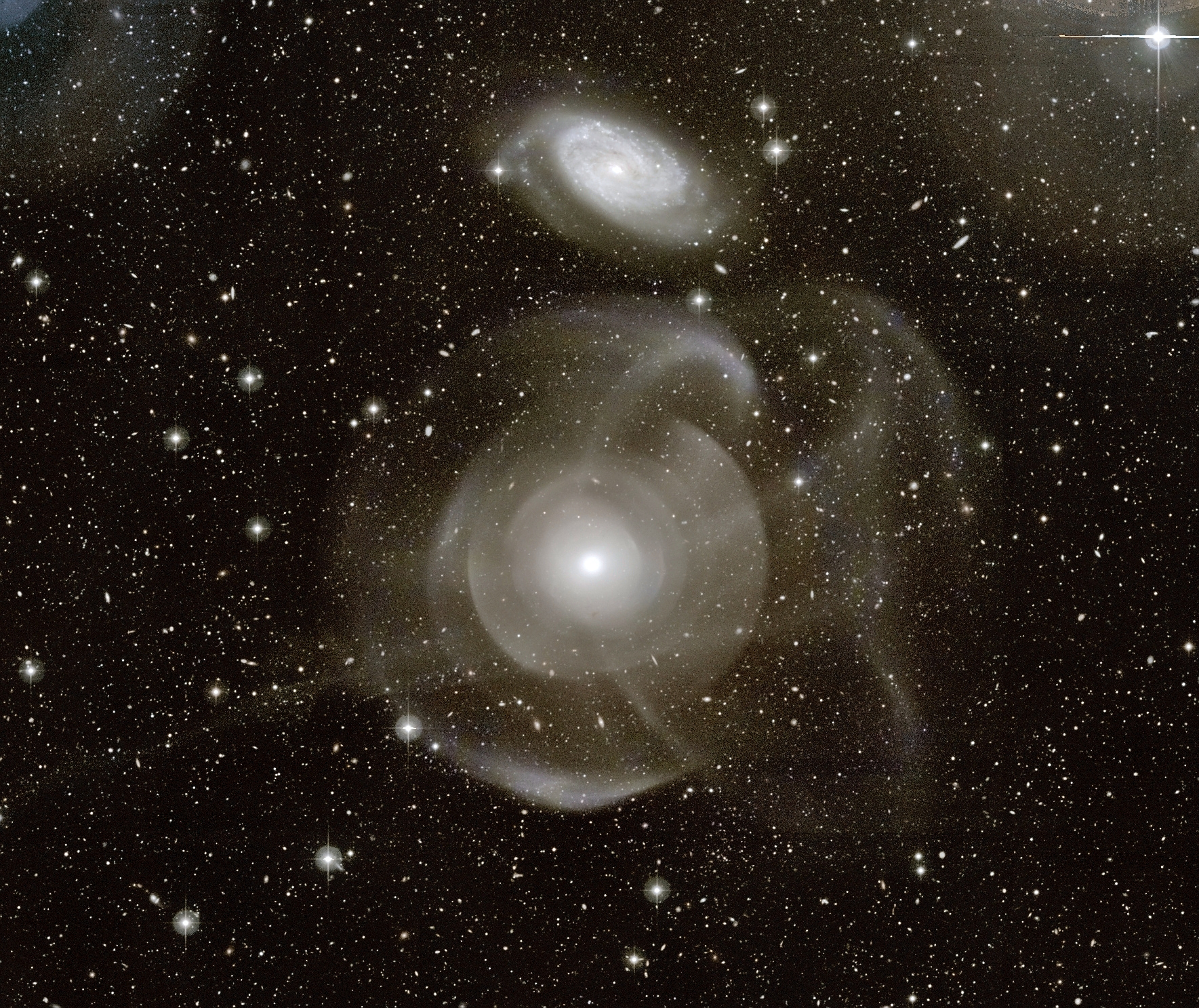 NGC 474 || Elliptical Galaxy
NGC 474 || Elliptical Galaxy
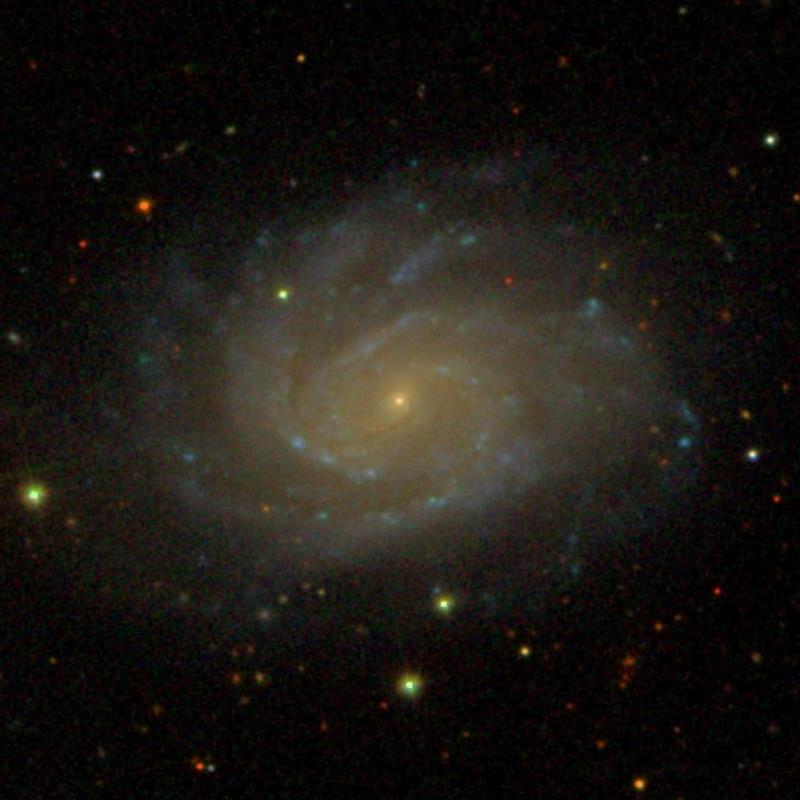 NGC 514 || Spiral Galaxy
NGC 514 || Spiral Galaxy


 your eyes towards east, you will see another constellation named Triangulum and Aries (first zodiac sign). In the North and South of Pisces, you will find Andromeda and Cetus constellations respectively. Pisces is near to celestial equator towards North Pole, and so is part of Northern Hemisphere.
your eyes towards east, you will see another constellation named Triangulum and Aries (first zodiac sign). In the North and South of Pisces, you will find Andromeda and Cetus constellations respectively. Pisces is near to celestial equator towards North Pole, and so is part of Northern Hemisphere.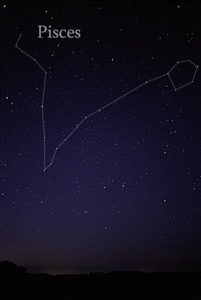 constellation from 1st March to 20th April. It is best observed during June to January as seen from India.
constellation from 1st March to 20th April. It is best observed during June to January as seen from India.